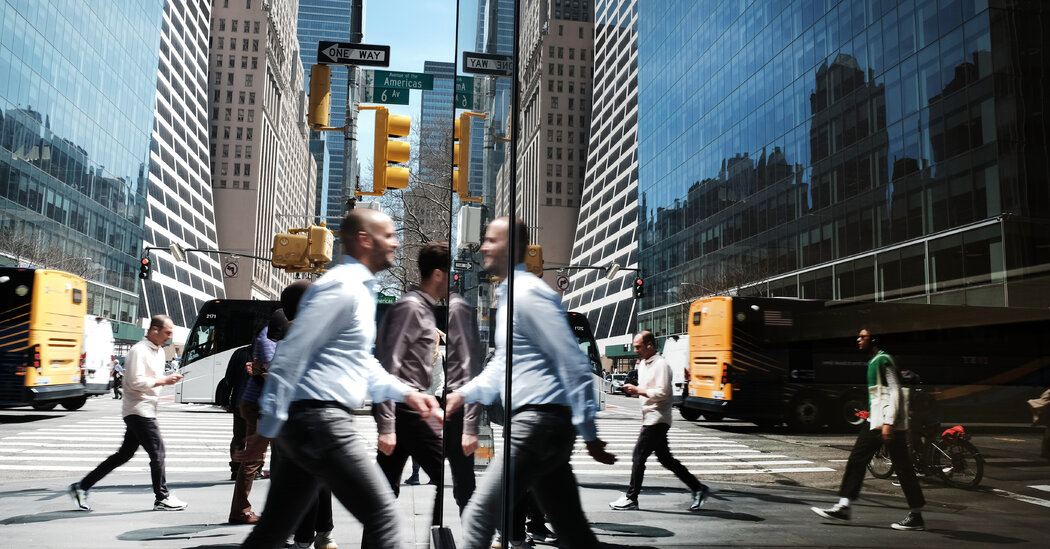How Remote Work Is Changing N.Y.C.
Over a period in February and March, a survey of nearly 9,500 private-sector employees, commissioned by the Partnership for New York City, a consortium of business interests, asked what might be done to contribute to the city’s renaissance. Some respondents pointed precisely to the ways in which remote work enriched the places where people live. “Recognize that non-Manhattan neighborhoods have actually benefited and stop centering the recovery on return to office,” as one worker put it.
“The way I think about it, we have had a Manhattan-centric economy for a long time,” Kathryn Wylde, the president and chief executive of the Partnership, told me. “In the past seven or eight years, we’ve seen more jobs created in Brooklyn and Queens than in Manhattan. We’ve seen the beginning of a shift. But we haven’t shifted our planning and policies.” She pointed to Gov. Kathy Hochul’s resurrection of the idea for a 14-mile transit line connecting Jackson Heights, in Queens, and Bay Ridge, Brooklyn, as an example of the sort of thinking that will be required for a more geographically diffuse economy.
Ideally, more jobs would be created outside of traditional corridors, and housing and ancillary businesses would follow. Recently Maria Torres-Springer, the deputy mayor for economic and workforce development, explained the significance of several new Metro North stops added in the Bronx, near medical institutions like Montefiore, which she envisioned attracting health care start-ups nearby.
“We’ve been thinking about that area as a great opportunity to leverage those investments in transportation to make sure there’s more economic activity,” she told me.
The survey conducted by the Partnership for New York City also revealed persistent worries about crime and disorder, particularly in the transit system. This, above all else, may be the biggest hindrance to getting people back into office buildings. In addition to the troubling events of this week, which included two teenagers stabbed in different subway stations, the first months of the year witnessed the death of Michelle Go, pushed from a platform in Times Square; the assault of a scientist by hammer, a few minutes after she left work; and the attack of a woman at a Bronx subway station who was struck in the face with human waste.
Whether subway crime is truly rampant or whether it is simply perceived to be, the fact remains that it presents a significant obstacle to convincing New Yorkers to spend dozens of hours a week in a patch of central Manhattan oversaturated with things they do not necessarily want at prices they rarely find reasonable. The cold brew turns out to be just as good at home.
Check out our Latest News and Follow us at Facebook
Original Source







